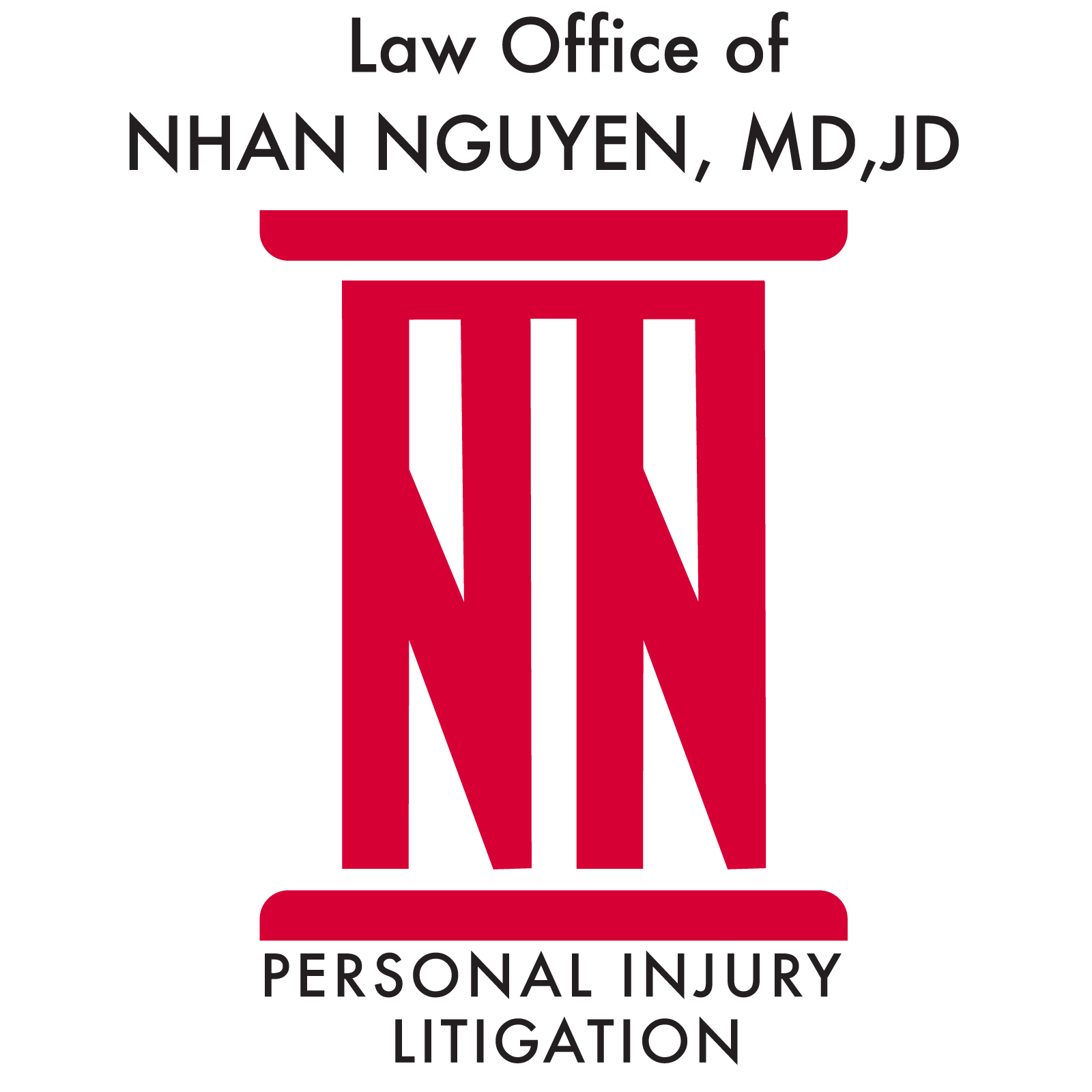When a case goes to trial, it indicates the conclusion of the litigation process. Depending on the type of case and the nature of the issues involved, a trial may be a single day or it could last many weeks — although the typical car crash or premises liability trial is far more likely to last a few days. You should address this with your attorney, as well as the expected timeframe of your case. The phases of a personal injury trial in Texas are as follows:
- Jury Selection
- Opening Statement
- Presentation of Evidence
- Closing Argument, and
- Rendering of a Verdict and Judgment
Seeking compensation while dealing with serious injuries is far from an easy task. Injured parties need to partner with a competent personal injury lawyer in Houston TX at West Loop Law and the Law Office of Nhan Nguyen, MD, JD in order to reach a successful resolution, either through a settlement or going to court for due compensation.
Jury Selection
Known as “voir dire,” jury selection is the process by which your attorney and the counsel for the opposing side examine prospective jurors and choose your jury. Peremptory challenges are limited to a specific number per side, but strikes for cause are limitless. In the case of a strike for cause, the juror shows through their answer to a question that he or she is incapable of serving as a fair and impartial juror or that he or she is unable to obey the law or the directions of the court because of bias or prejudice. Preemptive strikes may be used to dismiss a juror for an impartial cause.
Opening Statement
The opening statement is the phase of the case in which the attorneys have the opportunity to explain the basic elements of the case to the jury. It is customary for the attorneys to use this time to inform the jurors of their duties, the components of the cause of action, what the evidence will reveal, and the judgment that the attorneys wish the jury to reach. The court assigns a specific amount of time for each party to make their opening statement. Nothing mentioned in the introduction serves as evidence.
Presentation of Evidence
The evidence phase of the trial is the stage in which you and other witnesses may be summoned to testify in front of the jury in person. This is the stage of the process that you are most likely to watch on television as it is where the examination and cross-examination occur. It is also the time when documents and photos are presented as evidence for the jury to consider when they return to the jury chamber. This is where the substance of your argument is.
Closing Argument
During the closing statement, the attorneys will stand up and speak to the jury for a length of time determined by the Court, similarly to the opening statement. They are given the opportunity to debate what the evidence really means and how a jury should interpret and apply the information they have just heard. Most of the time, the plaintiff’s Houston auto accident attorney is given the opportunity to divide his or her time between an opening statement and a rebuttal statement.
Immediately following the conclusion of the defense attorney’s closing argument, the rebuttal is delivered. The defense counsel must devote all of his or her time to one moment. The Plaintiff’s attorney is required to “fully open” his or her case upon the request of the defense. The specifics of the damages claim, including each and every dollar amount for each of the personal injury aspects he or she wants to ask the jury to award, must be laid out in detail.
Rendering of a Verdict and Judgment
The jury returns to the jury room to deliberate after the close of the evidence. They will evaluate the evidence as well as the jury questions they have been given and any directions from the court. In a jury of twelve people, ten of them must be in agreement on each question and sign the decision. A mistrial will occur if there are not ten people who can reach a consensus.
The jury’s decision is presented to the court and read aloud to the parties. The verdict is typically adopted by the court upon a party’s request or the court’s own motion. After applying the law to the jury’s responses to the questions, the court issues a decision. Certain recognized court expenses, pre- and post-judgment interest, or reduction for comparative negligence may all be taken into account. The losing party has 30 days to pay the judgment or preserve and pursue an appeal once the court issues a Final Judgment.

Personal Injury Attorneys in Houston
Navigating a trial is anything but easy. Victims of serious accidents caused by another’s negligence are ill-equipped to protect their legal rights. That is why the legal team at West Loop Law and the Law Office of Nhan Nguyen, MD, JD fights for the rights of claimants all across the Houston area.
Our Houston personal injury lawyers possess the essential information, abilities, and legal competence to successfully handle every aspect of your claim, allowing you to focus on your own recovery. We can speak with the insurers to defend your right to a favorable settlement or verdict, and if required, file a lawsuit on your behalf in court to vindicate your rights. We represent the interests of ordinary people, not the demands of big businesses.
Nhan Nguyen, MD, JD and Nader Rabie, JD can help you hold a negligent individual accountable for their role in a serious accident.
Call West Loop Law and the Law Office of Nhan Nguyen, MD, JD now at (713) 840-7200 to book a consultation and discuss your case if you or a loved one has been unfairly injured in a car crash.


Recent Comments